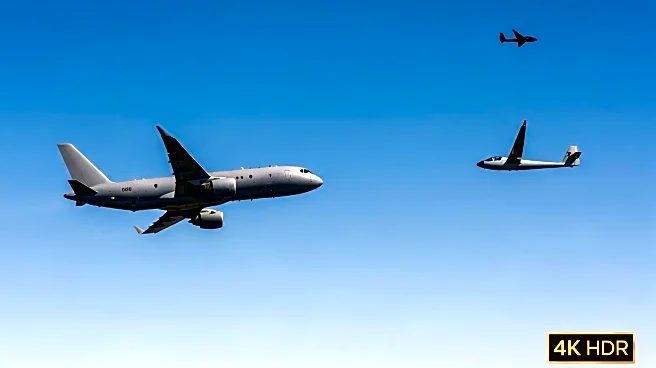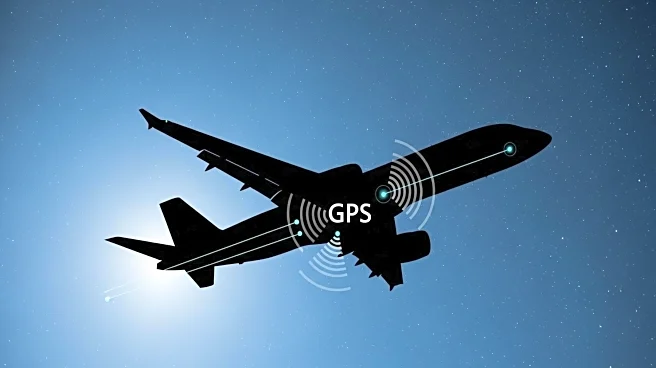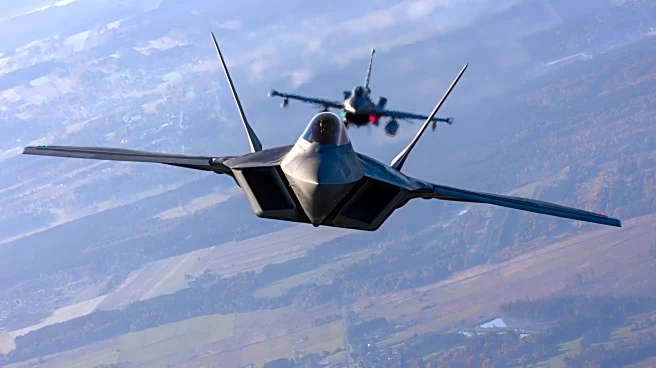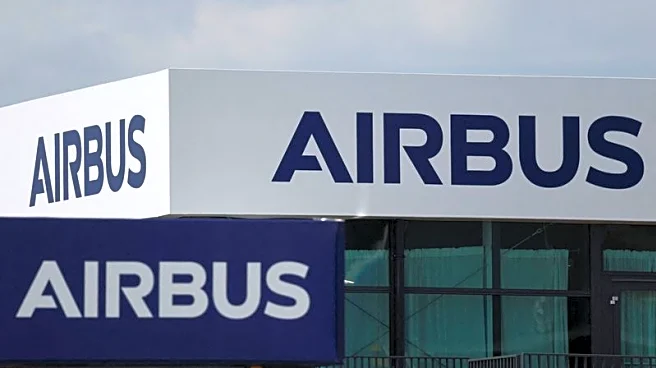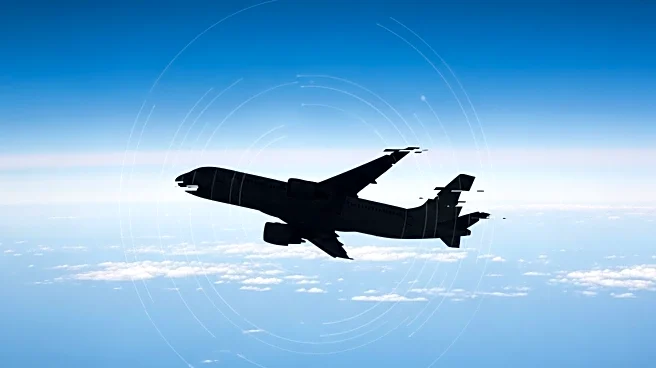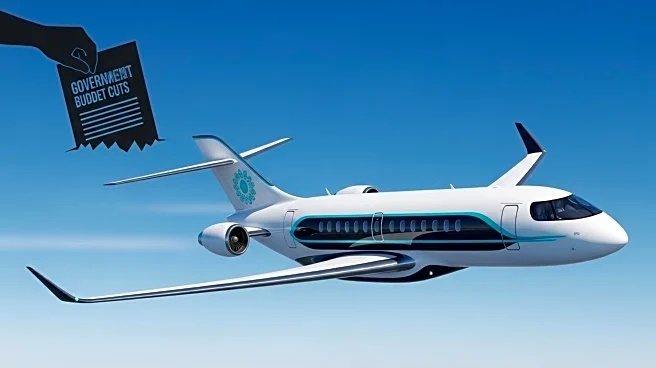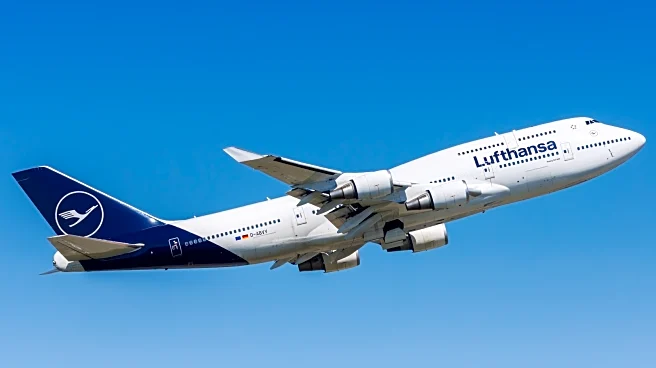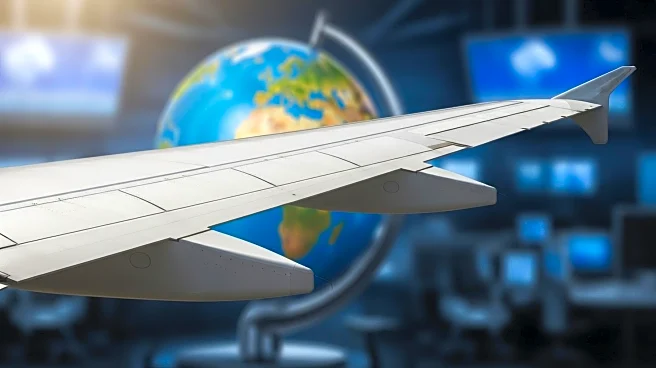What's Happening?
A USAFE Boeing KC-135 Stratotanker and a glider narrowly avoided a collision, coming within 15 meters of each other during a training exercise near RAF Mildenhall in Suffolk. The incident occurred on April 8, as the Stratotanker was descending for landing. The UK Airprox Board reported that the glider pilot had turned off their transponder to conserve battery, which eliminated a crucial safety measure against mid-air collisions. The glider pilot was unaware of the Stratotanker's proximity, while the military aircraft pilot, facing impaired vision due to weather conditions, did not seek additional navigation assistance. Both pilots were deemed equally responsible for collision avoidance, with the Airprox Board attributing the avoidance of a crash to 'providence'.
Why It's Important?
This near-miss highlights significant safety concerns in airspace management, particularly around military bases. The incident underscores the importance of maintaining operational transponders and effective communication with air traffic control to prevent potential collisions. The disparity in size between the Stratotanker and the glider further emphasizes the potential severity of such incidents. The event may prompt reviews of safety protocols and training procedures for both military and civilian pilots, aiming to enhance situational awareness and communication standards.
What's Next?
The UK Airprox Board's findings may lead to increased scrutiny of airspace safety measures, particularly around military installations. There could be calls for stricter regulations regarding transponder usage and mandatory communication with air traffic control for all aircraft operating near military zones. Additionally, training programs for pilots may be revised to emphasize the importance of situational awareness and proactive communication in adverse weather conditions.
Beyond the Headlines
The incident raises broader questions about the integration of civilian and military aviation operations, especially in shared airspace. It may lead to discussions on the ethical responsibilities of pilots to ensure safety and the potential need for technological advancements in collision avoidance systems. Long-term, this could influence policy changes aimed at improving airspace safety and reducing the risk of similar occurrences.
